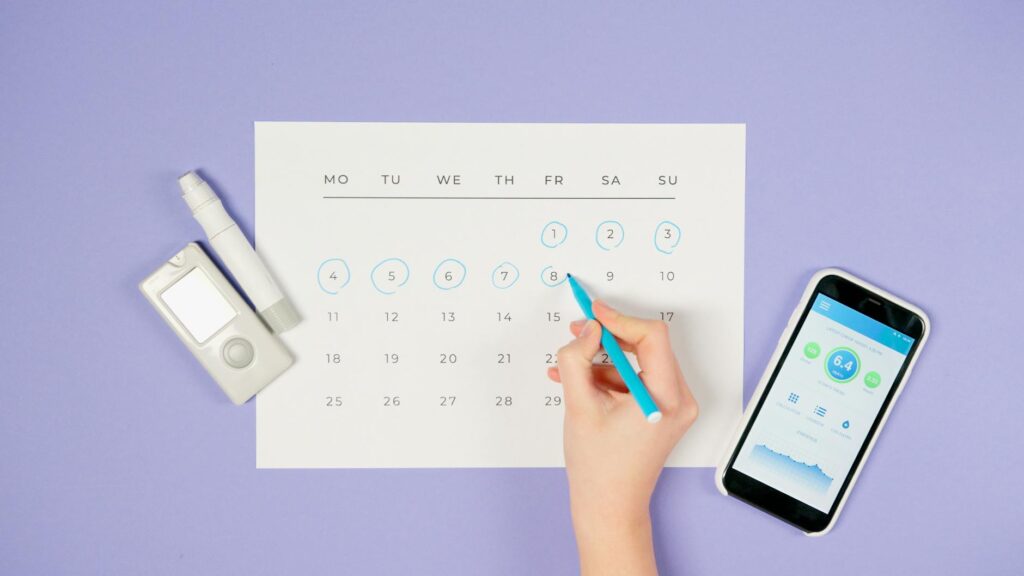What is non-digital time management tools?

What is non-digital time management tools?
In today’s fast-paced world, effective time management is crucial. With endless tasks and distractions, finding ways to stay organized can feel overwhelming. While digital tools have their place, non-digital time management tools offer a refreshing alternative. These analog options can help you reclaim focus and enhance productivity without the constant notifications and distractions that come with digital devices.
Understanding Non-Digital Time Management Tools
Non-digital time management tools are physical objects designed to help individuals organize their time, tasks, and priorities. Unlike digital tools, which rely on apps or software, these tools are tangible and often provide a more hands-on approach to managing your schedule.
Definition and Overview
At their core, non-digital time management tools include any physical item that aids in planning and organizing time efficiently. This can range from planners and journals to timers and whiteboards. These tools serve a common purpose: to help you visualize your tasks, set goals, and track progress without the noise of digital notifications.
Benefits of Using Non-Digital Tools
Choosing non-digital tools over digital ones has its advantages. Here are a few reasons you might consider this switch:
- Reduced Distractions: When using non-digital tools, you can create a distraction-free environment. Unlike digital devices, which can lead you down rabbit holes of social media and emails, non-digital tools keep your focus on the task at hand. According to Forbes, the analog process can help you break away from your computer, making it easier to concentrate.
- Improved Retention: Writing things down often leads to better retention of information. Studies show that the act of physically writing can enhance memory and understanding. Using planners or notebooks can reinforce your commitment to tasks.
- Simplicity: Non-digital tools are straightforward. You don’t need to navigate complex software or worry about updates. Just open your planner and start writing!
Types of Non-Digital Time Management Tools
There’s a wide variety of non-digital tools available, each tailored to different needs and preferences.
Paper Planners and Journals
Paper planners and journals are classic time management tools that help with scheduling and reflection. They provide a space to jot down tasks, appointments, and thoughts. The tactile nature of writing in a journal can make the planning process feel more intentional and personal. Using a planner also allows you to create a visual representation of your goals, making it easier to prioritize tasks. For a practical approach, check out My Analog Productivity System for insights on how to implement a paper-based system.
Whiteboards and Chalkboards
Whiteboards and chalkboards are excellent for visual organization and brainstorming. They allow you to see tasks, ideas, and schedules all at once. You can easily modify your plans by erasing and rewriting, which can be freeing and help prioritize tasks dynamically. This flexibility can foster creativity and collaboration if you work with a team.

Photo by Artem Podrez
Timers and Clocks
Timers play a significant role in enhancing productivity, especially when using techniques like the Pomodoro Technique. This method involves working for a set period (usually 25 minutes) followed by a short break. Using a physical timer can help you disconnect from your screen and focus on your tasks. It provides a clear signal when it’s time to start and stop, making your work sessions feel structured and intentional.
Implementing Non-Digital Time Management Tools
Getting started with non-digital tools can be straightforward. Here are some practical tips to help you maximize their potential.
Choosing the Right Tool for Your Needs
Selecting a non-digital tool that suits your preferences is key. Consider what you want to achieve. Do you need a simple planner for daily tasks, or are you looking for a comprehensive system that includes goal tracking? Reflecting on your workflow and personal style will guide your choice. For example, if you prefer visual reminders, a whiteboard might be the best fit. If you appreciate writing as a way to process information, a paper planner could be more suitable.
Creating a Schedule and Sticking to It
Once you’ve chosen your tools, it’s time to create a schedule. Start by outlining your daily and weekly tasks. Break larger projects into smaller, manageable parts and allocate time for each task. Consistency is vital, so try to stick to your schedule as much as possible. Over time, you’ll develop a rhythm that helps you stay on track.
Conclusion: The Value of Non-Digital Time Management Tools
In a world dominated by screens, non-digital time management tools offer a refreshing way to organize your life. They help create a structured environment that minimizes distractions, encourages reflection, and boosts productivity. Whether you choose a paper planner, a whiteboard, or a timer, these analog tools can complement your time management strategies effectively.
Consider exploring non-digital options as a way to enhance your productivity and find a balance between digital and analog in your daily life. Embracing these tools can lead to improved focus and better results, allowing you to make the most of your time.